Home>Gardening & Outdoor>Landscaping Ideas>What Time Of Year To Stop Watering Grass
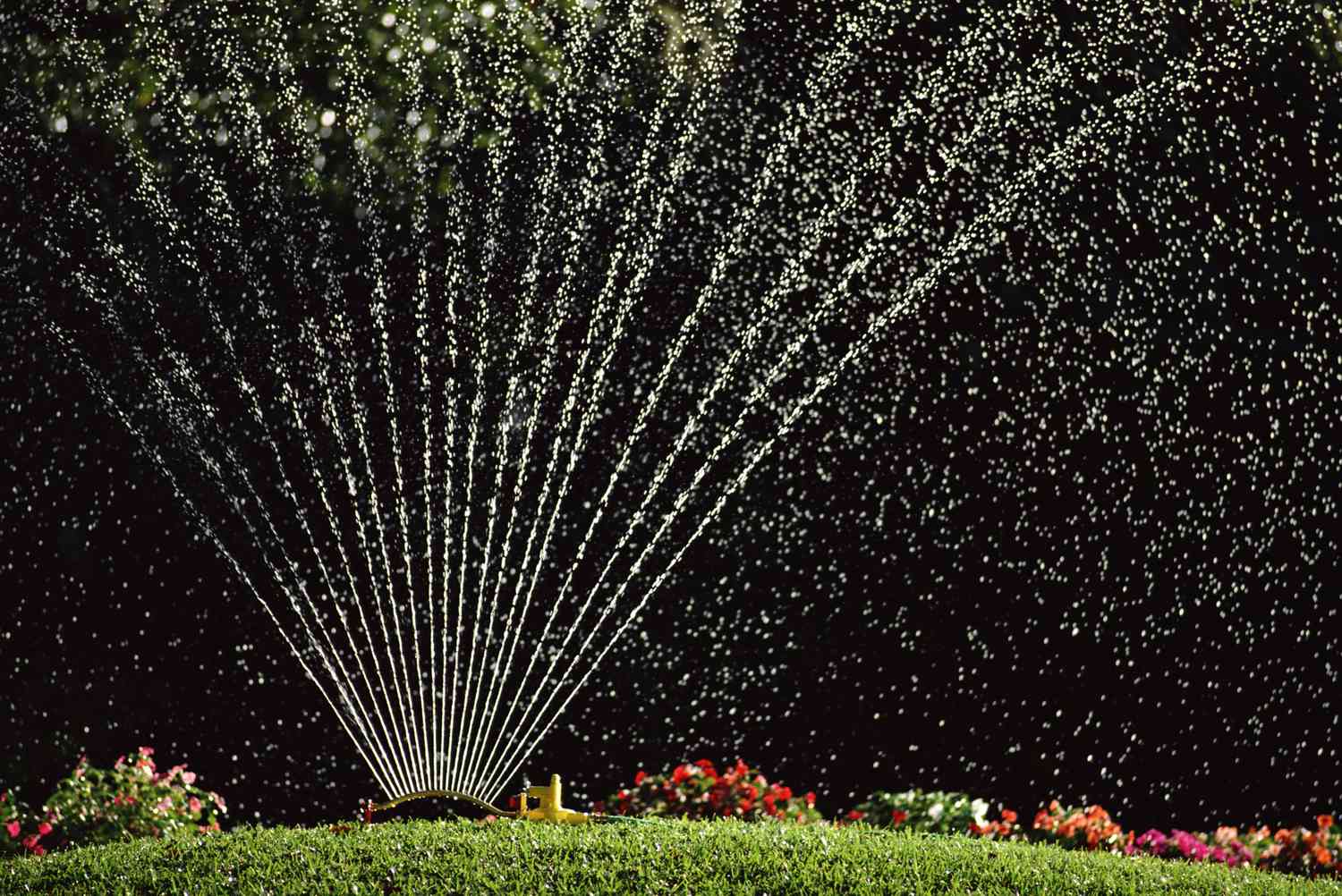

Landscaping Ideas
What Time Of Year To Stop Watering Grass
Published: January 28, 2024
Discover the best time to stop watering your grass to maintain a healthy lawn. Get expert landscaping ideas and tips for proper lawn care.
(Many of the links in this article redirect to a specific reviewed product. Your purchase of these products through affiliate links helps to generate commission for Storables.com, at no extra cost. Learn more)
Introduction
When it comes to maintaining a lush and vibrant lawn, watering is a crucial aspect of the care regimen. However, knowing when to stop watering your grass is just as important as knowing when to start. Understanding the seasonal changes and the specific needs of your grass is essential for promoting its health and resilience.
In this comprehensive guide, we will delve into the factors that influence grass growth and its watering requirements. By gaining insight into the natural processes that govern your lawn's development, you can make informed decisions about when to adjust your watering routine. Whether you're a seasoned lawn care enthusiast or a novice homeowner looking to elevate your landscaping prowess, this article will equip you with the knowledge to optimize your grass watering practices.
Join us as we explore the intricate world of grass growth and learn when to bid adieu to the watering can, ensuring that your lawn remains vibrant and resilient throughout the changing seasons.
Key Takeaways:
- Knowing when to stop watering your grass is crucial as the seasons change. Observing the behavior of your grass and adjusting watering frequency can help maintain a healthy and resilient lawn.
- Understanding the factors that influence grass growth and watering needs empowers you to optimize your lawn care practices. Adapting your watering schedule in response to seasonal changes ensures your grass remains vibrant and resilient.
Read more: What Time Of Year To Plant Grass Seed
Understanding Grass Growth
Before determining the ideal time to stop watering your grass, it’s essential to grasp the fundamentals of grass growth. The growth cycle of grass is influenced by various factors, including temperature, sunlight, and moisture. Understanding these elements can provide valuable insights into the watering needs of your lawn.
Grass typically experiences two primary growth phases: the active growth phase and the dormant phase. During the active growth phase, which occurs in the warmer months, grass exhibits vigorous growth, necessitating adequate water and nutrients to support its development. This phase is characterized by lush, green foliage and robust root growth as the grass absorbs sunlight and converts it into energy through photosynthesis.
Conversely, the dormant phase occurs in response to environmental stressors such as extreme temperatures or water scarcity. During this period, grass conserves energy by reducing its metabolic processes and entering a state of dormancy. This natural survival mechanism allows grass to withstand adverse conditions by redirecting its resources to essential functions, such as maintaining root health.
By recognizing these growth phases and their corresponding watering requirements, you can tailor your lawn care practices to align with the specific needs of your grass at different times of the year. This understanding will enable you to make informed decisions about when to adjust your watering schedule, ensuring that your grass remains healthy and resilient in the face of changing environmental conditions.
Factors Affecting Watering Needs
The watering needs of your grass are influenced by a multitude of factors, each playing a crucial role in determining the optimal irrigation schedule for your lawn. Understanding these factors is essential for maintaining a healthy and vibrant lawn throughout the year.
- Grass Type: Different species of grass have varying water requirements. For instance, cool-season grasses such as fescue and Kentucky bluegrass thrive in cooler temperatures and generally require more frequent watering during the hot summer months to stay green and healthy.
- Soil Type: The composition of your soil significantly impacts its ability to retain moisture. Sandy soils drain water more rapidly, necessitating more frequent watering, while clay soils retain moisture for longer periods, requiring less frequent irrigation.
- Weather Conditions: Environmental factors such as temperature, humidity, and sunlight influence the rate of evaporation and transpiration, affecting the water needs of your grass. During periods of high heat and low humidity, your lawn may require more frequent watering to compensate for increased moisture loss.
- Seasonal Changes: As the seasons transition, the watering requirements of your grass fluctuate accordingly. Understanding the unique demands of your grass during each season is crucial for adjusting your watering schedule to meet its evolving needs.
- Establishment Stage: Newly seeded or sodded lawns require consistent moisture to support root development and establishment. During the initial growth phase, it’s essential to provide adequate water to promote healthy root growth and ensure the long-term vitality of your lawn.
By taking these factors into account, you can fine-tune your watering regimen to suit the specific needs of your grass, promoting optimal growth and resilience. Additionally, being attuned to these variables empowers you to adapt your lawn care practices in response to changing environmental conditions, ensuring that your grass receives the nurturing it requires to thrive.
Stop watering your grass in the fall when the temperatures start to drop and the grass goes dormant. This is usually around late September to early October, depending on your location.
When to Stop Watering Grass
Knowing when to cease watering your grass is pivotal for maintaining its health and preparing it for the changing seasons. As the transition from the growing season to dormancy approaches, adjusting your watering schedule can help fortify your lawn against environmental stressors and promote robust growth in the following season.
One crucial indicator for determining when to stop watering your grass is the onset of fall. As temperatures begin to cool and daylight hours diminish, grass naturally shifts into a state of dormancy. During this period, the metabolic processes of the grass slow down, leading to reduced water requirements. By gradually tapering off your watering frequency in alignment with the seasonal changes, you can facilitate a smooth transition for your lawn.
Observing the behavior of your grass also provides valuable cues regarding its watering needs. If your grass retains its green color and exhibits healthy growth, it may still require occasional watering. However, if your lawn begins to display signs of dormancy, such as browning or slowed growth, it’s indicative of reduced water needs as the grass prepares for its dormant phase.
Moreover, consider the precipitation patterns in your region as you approach the end of the growing season. If natural rainfall becomes more frequent, it can supplement the moisture requirements of your grass, allowing you to gradually reduce your supplemental watering. This harmonious approach acknowledges the natural rhythms of your lawn while ensuring that it receives adequate moisture to thrive.
It’s important to note that while reducing the frequency of watering is essential, it’s equally crucial to ensure that your lawn receives deep, thorough watering when irrigation is administered. This encourages the development of deep, resilient roots that can sustain your grass through the dormant period and prepare it for vigorous growth when the next growing season arrives.
By recognizing the subtle shifts in your grass’s behavior and aligning your watering practices with the seasonal changes, you can optimize the health and resilience of your lawn, setting the stage for a vibrant and flourishing landscape in the seasons to come.
Conclusion
Understanding the nuanced requirements of your grass and recognizing the seasonal cues that signal the need for adjustments in your watering practices are pivotal steps toward nurturing a healthy and resilient lawn. By comprehending the factors that influence grass growth and the dynamic interplay between watering needs and environmental conditions, you can cultivate a landscape that flourishes throughout the changing seasons.
As you navigate the intricacies of grass growth and watering, remember that a harmonious approach that respects the natural rhythms of your lawn is key. Adapting your watering schedule in response to the evolving needs of your grass ensures that it receives the essential moisture to thrive while promoting deep root development and resilience.
By observing the behavior of your grass, monitoring seasonal changes, and adjusting your watering frequency accordingly, you can optimize the health and vitality of your lawn. As you prepare to transition from the active growing season to dormancy, gradually tapering off your watering regimen will fortify your grass, setting the stage for robust growth in the following season.
Embracing a mindful and informed approach to watering your grass not only enhances the visual appeal of your landscape but also fosters a thriving ecosystem that contributes to the overall well-being of your outdoor environment. Through attentive care and a deep understanding of your lawn’s needs, you can cultivate a verdant and resilient expanse that serves as a testament to your dedication to nurturing a thriving outdoor sanctuary.
With these insights at your disposal, you are well-equipped to navigate the seasonal transitions and optimize your grass watering practices, ensuring that your lawn remains a vibrant and resilient focal point of your outdoor oasis.
Frequently Asked Questions about What Time Of Year To Stop Watering Grass
Was this page helpful?
At Storables.com, we guarantee accurate and reliable information. Our content, validated by Expert Board Contributors, is crafted following stringent Editorial Policies. We're committed to providing you with well-researched, expert-backed insights for all your informational needs.
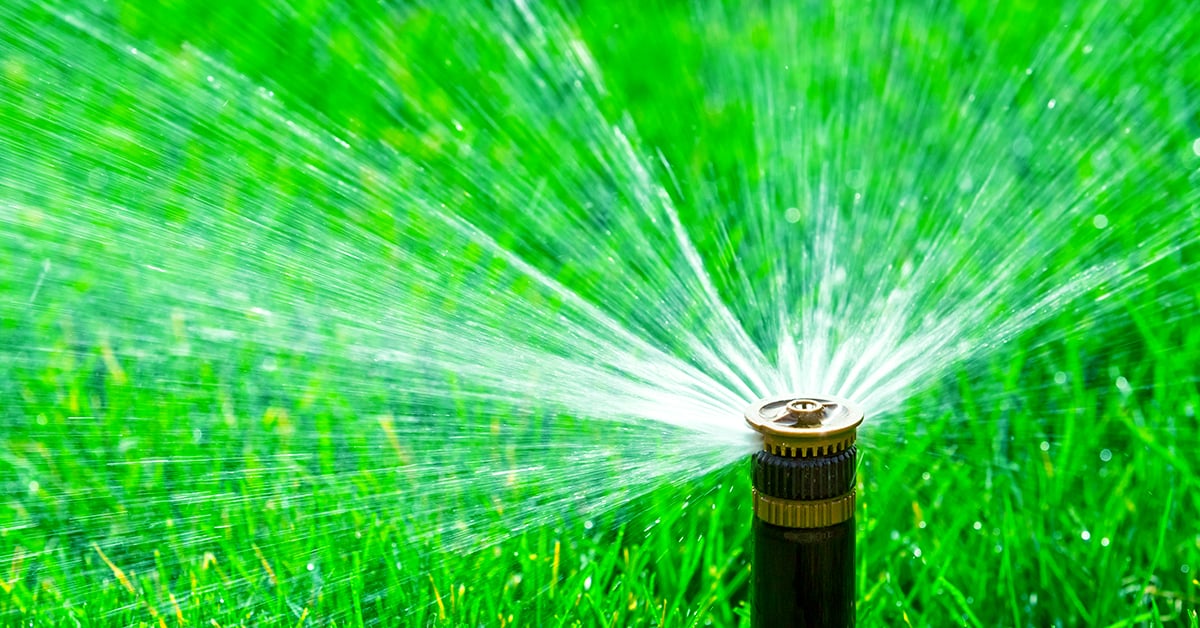
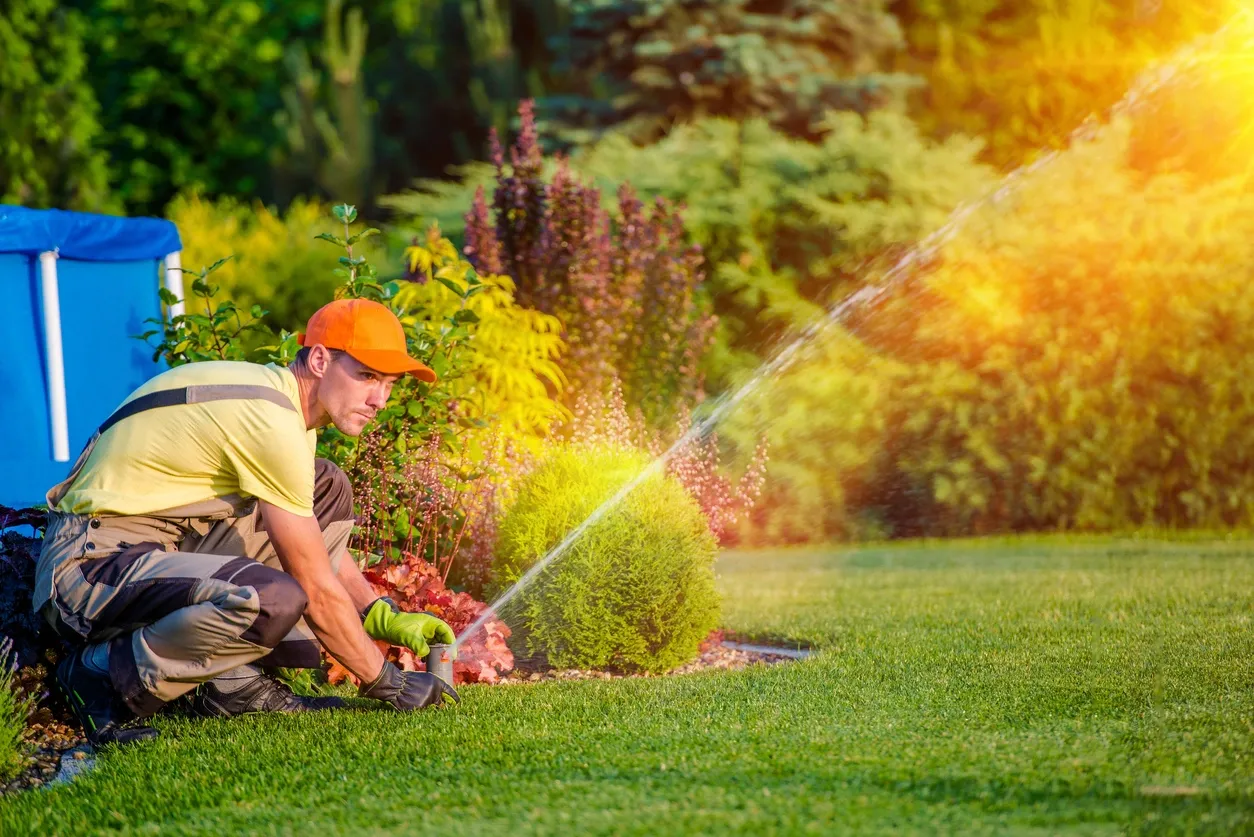
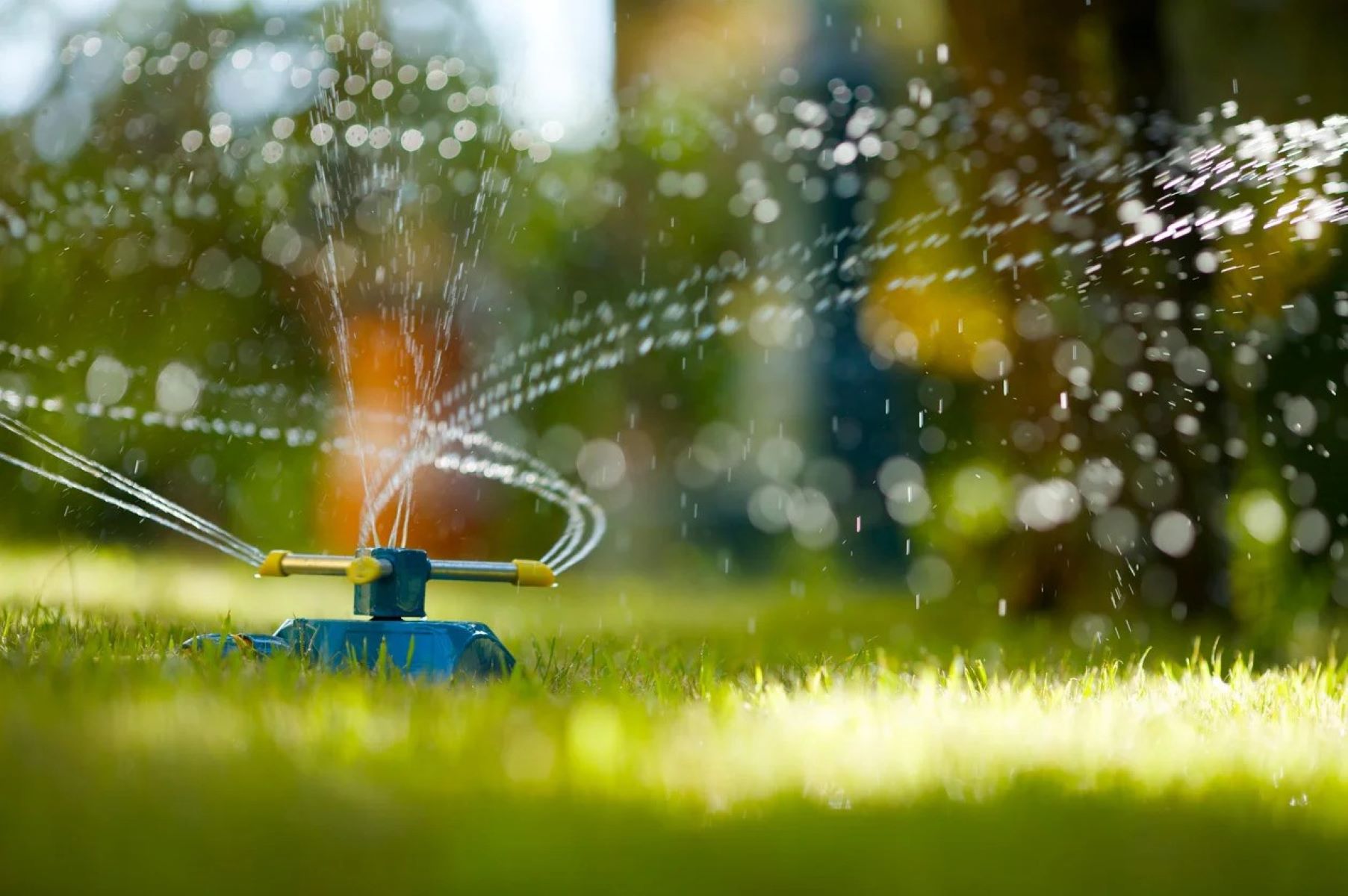
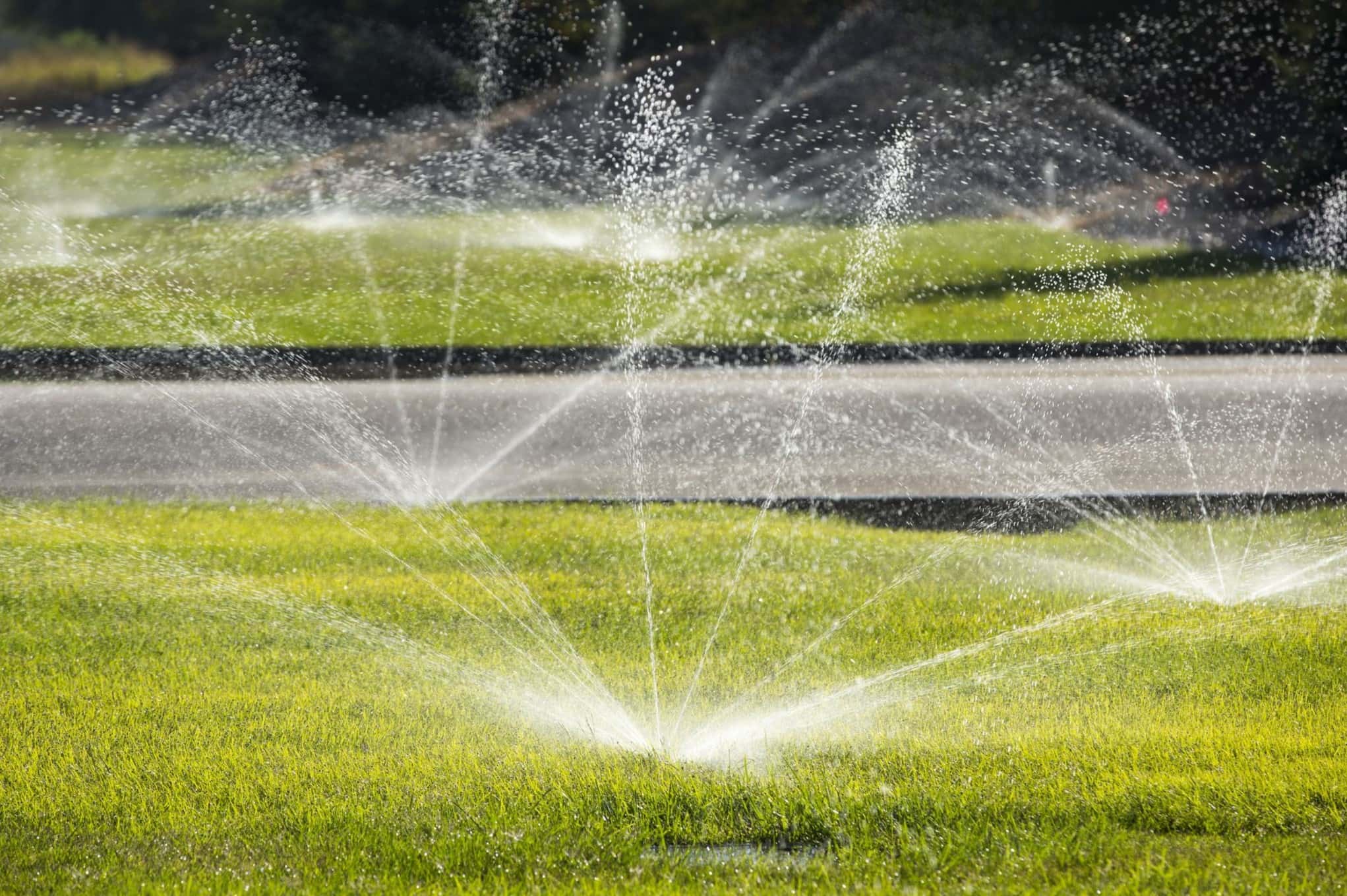
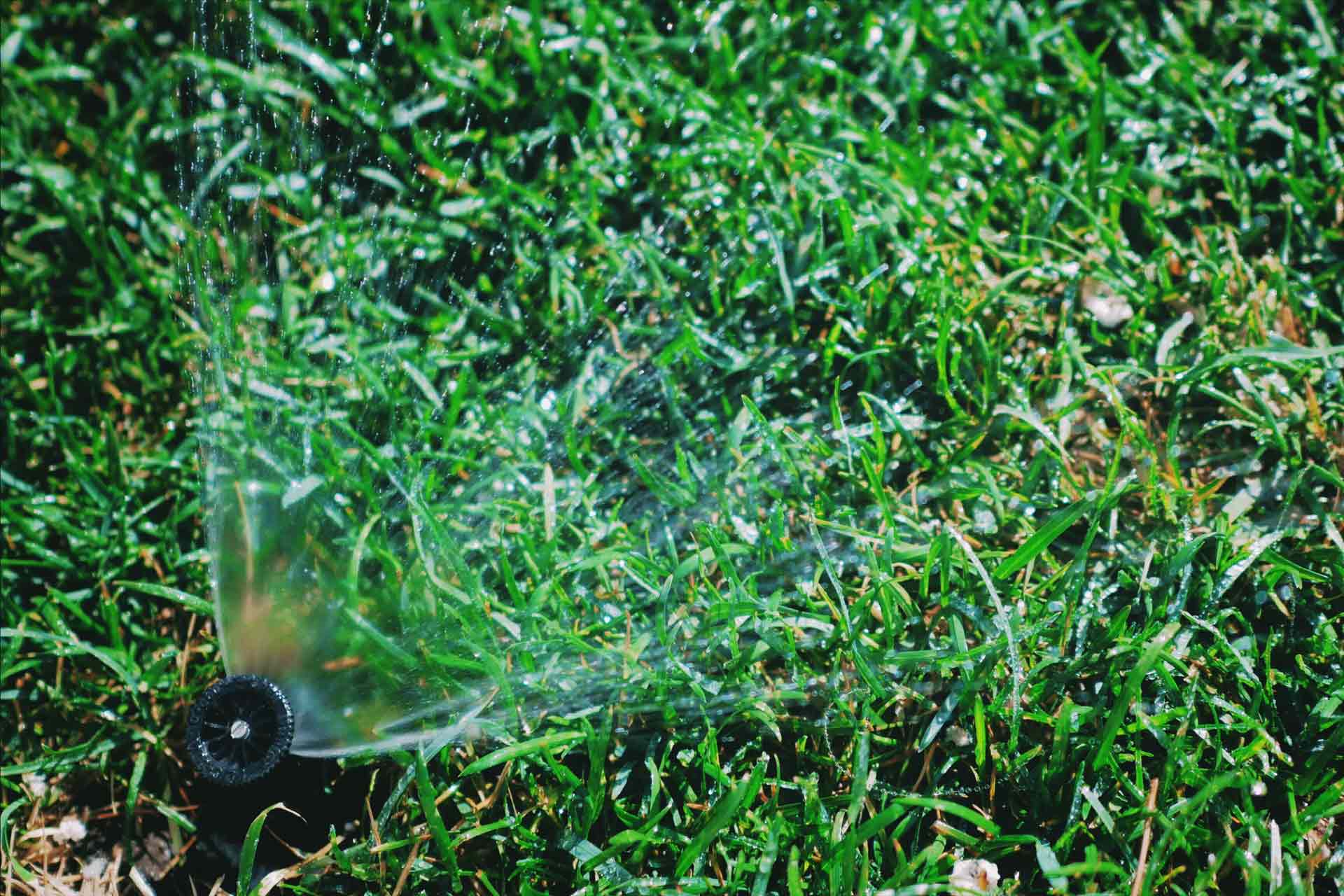
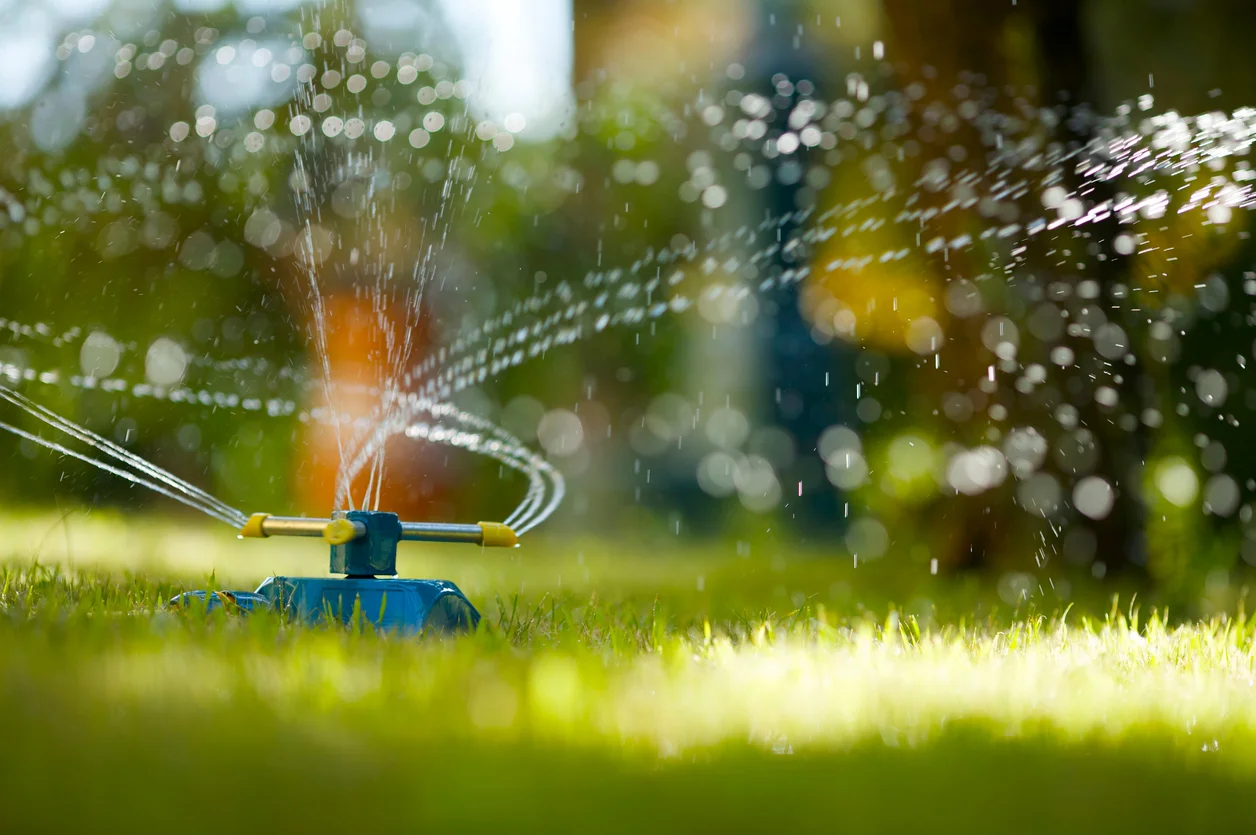
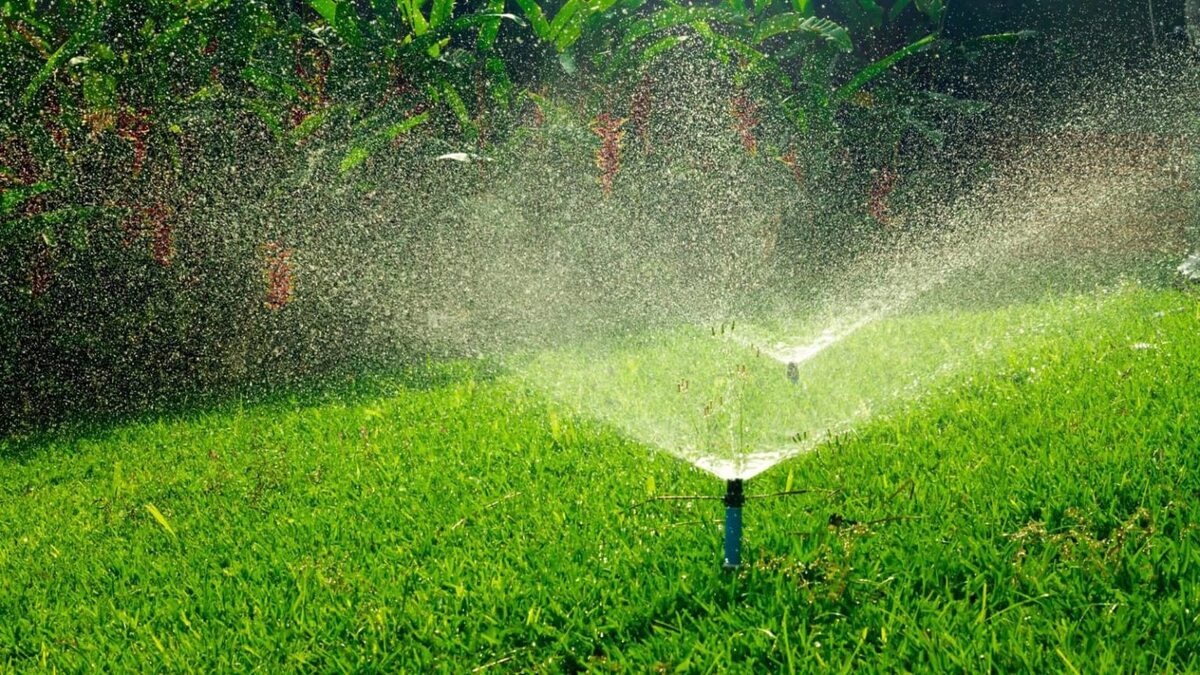
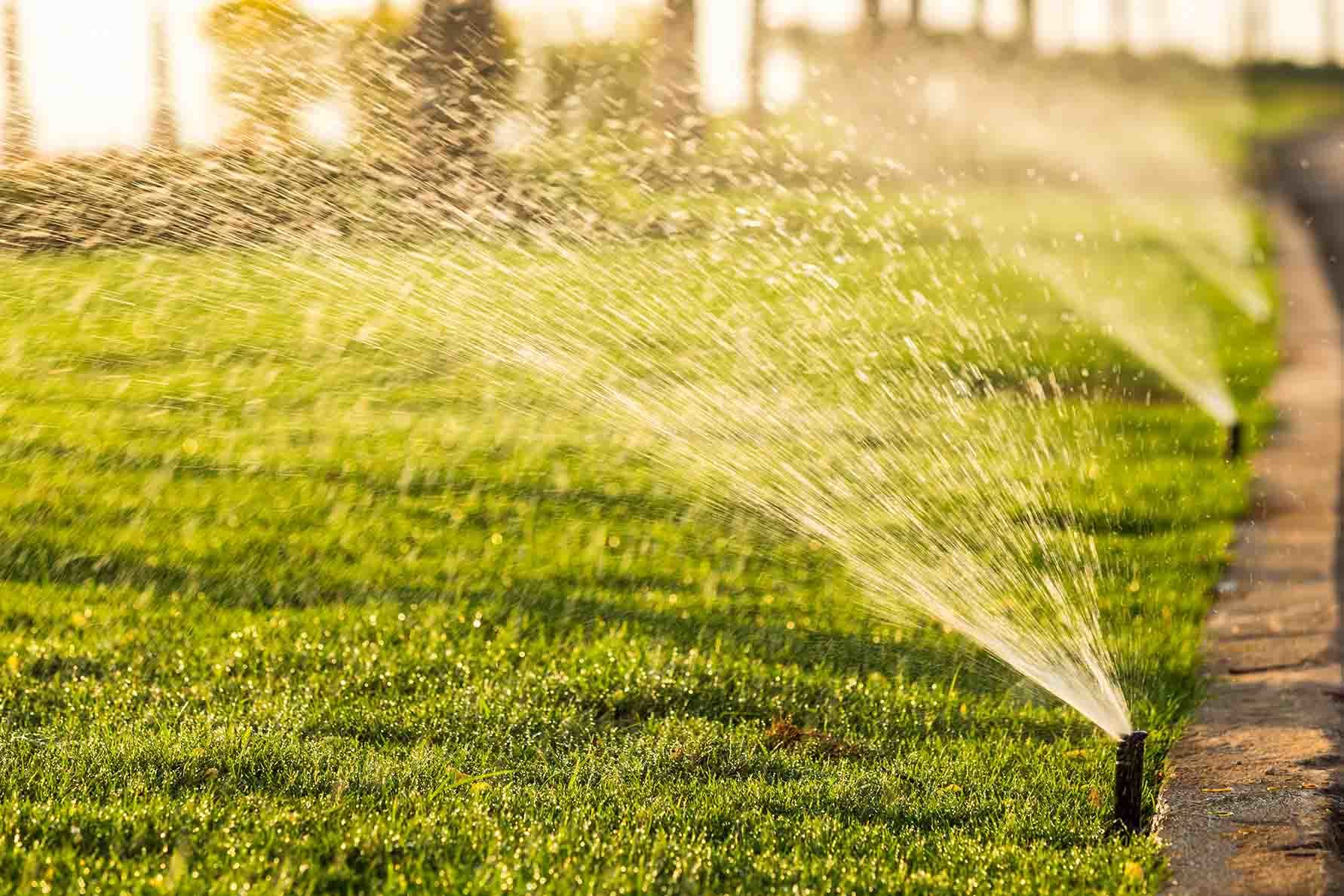
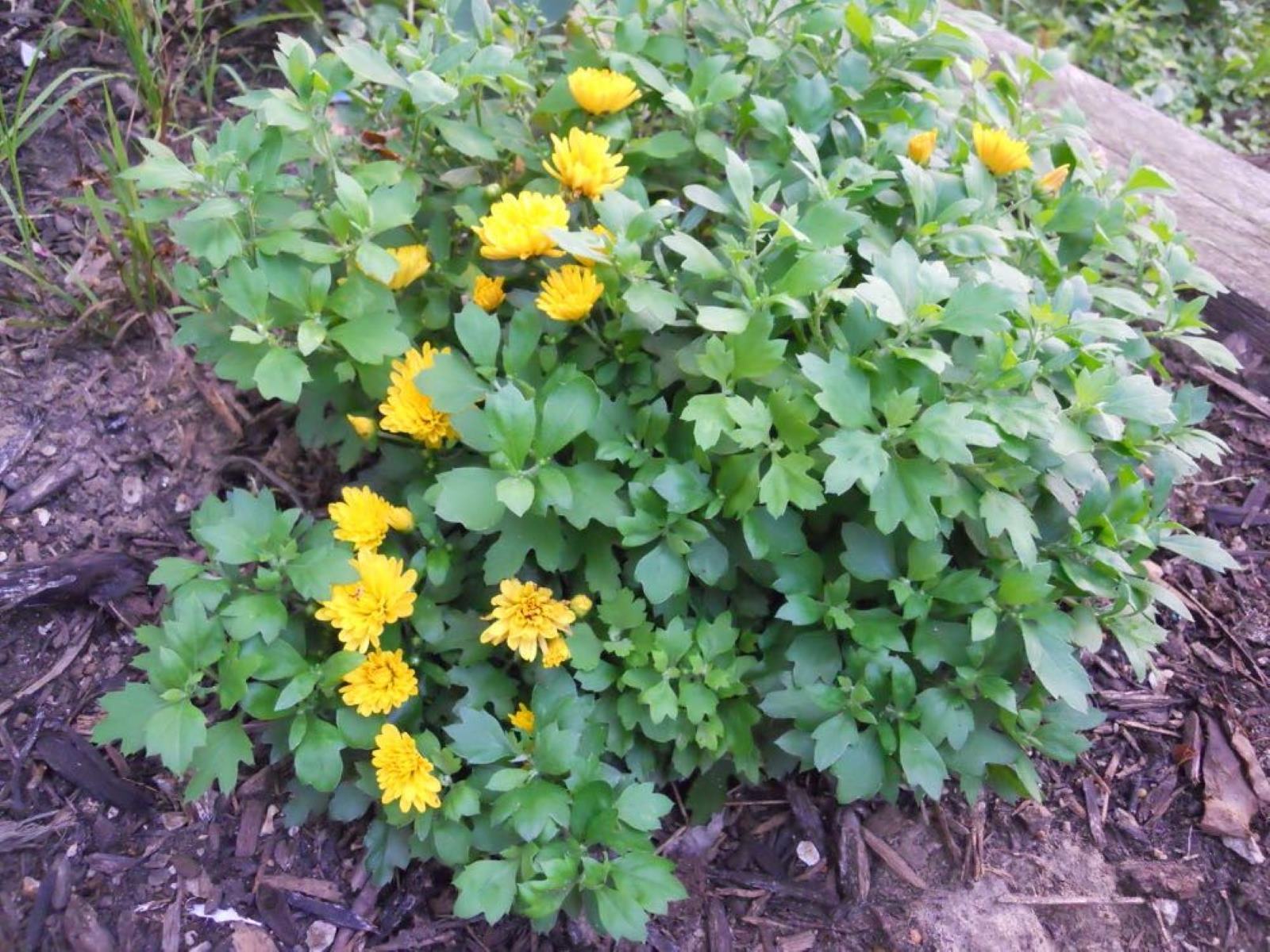
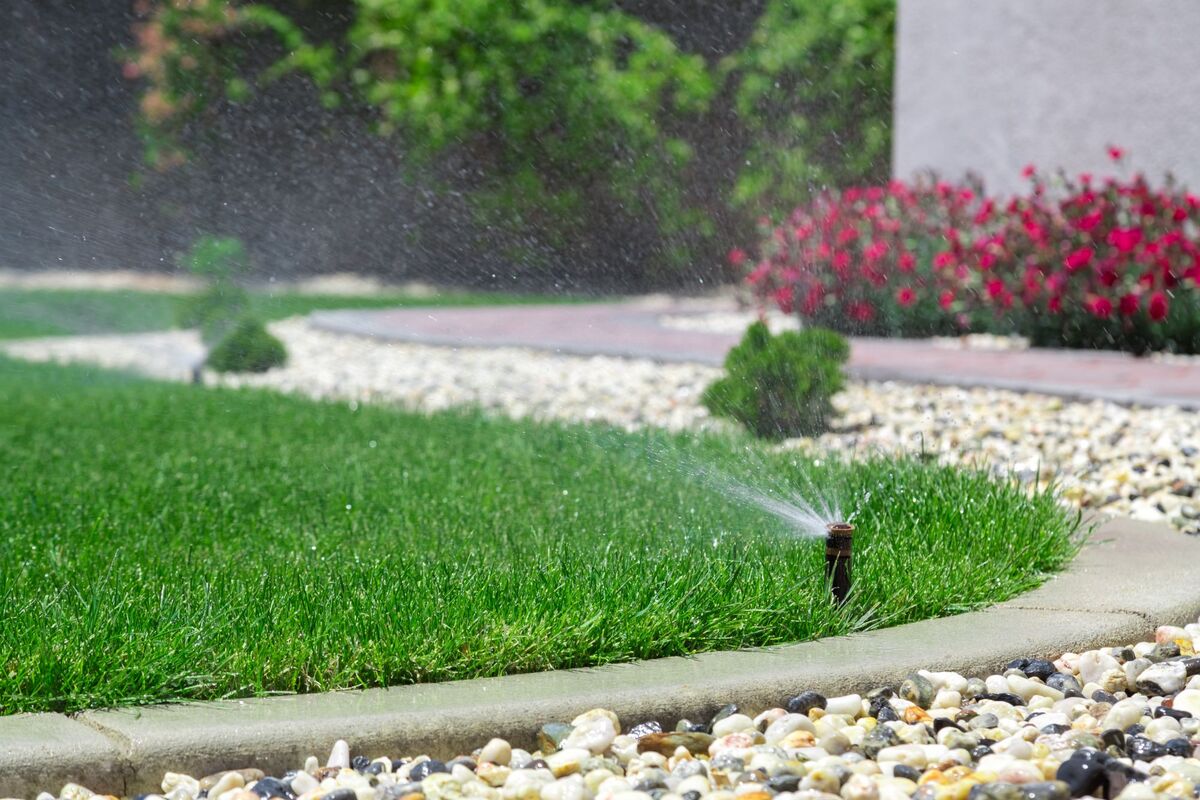
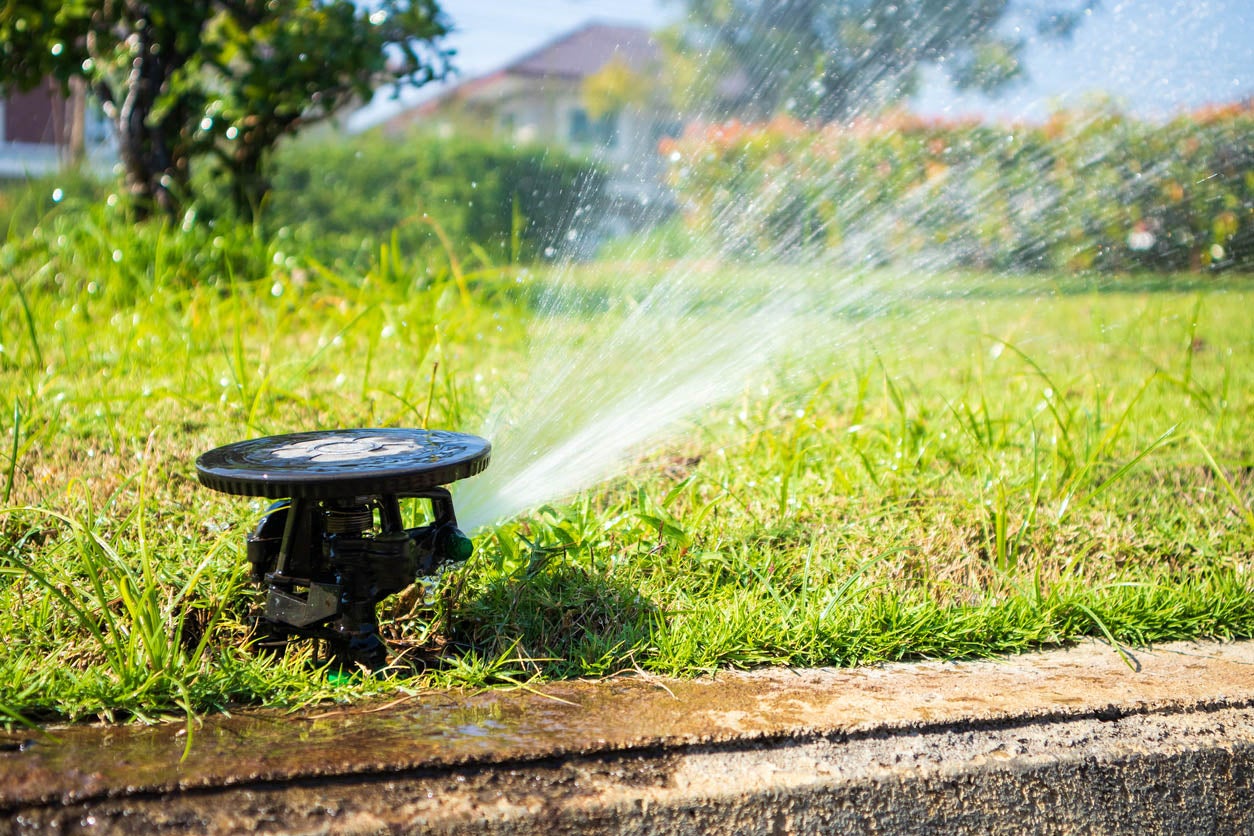
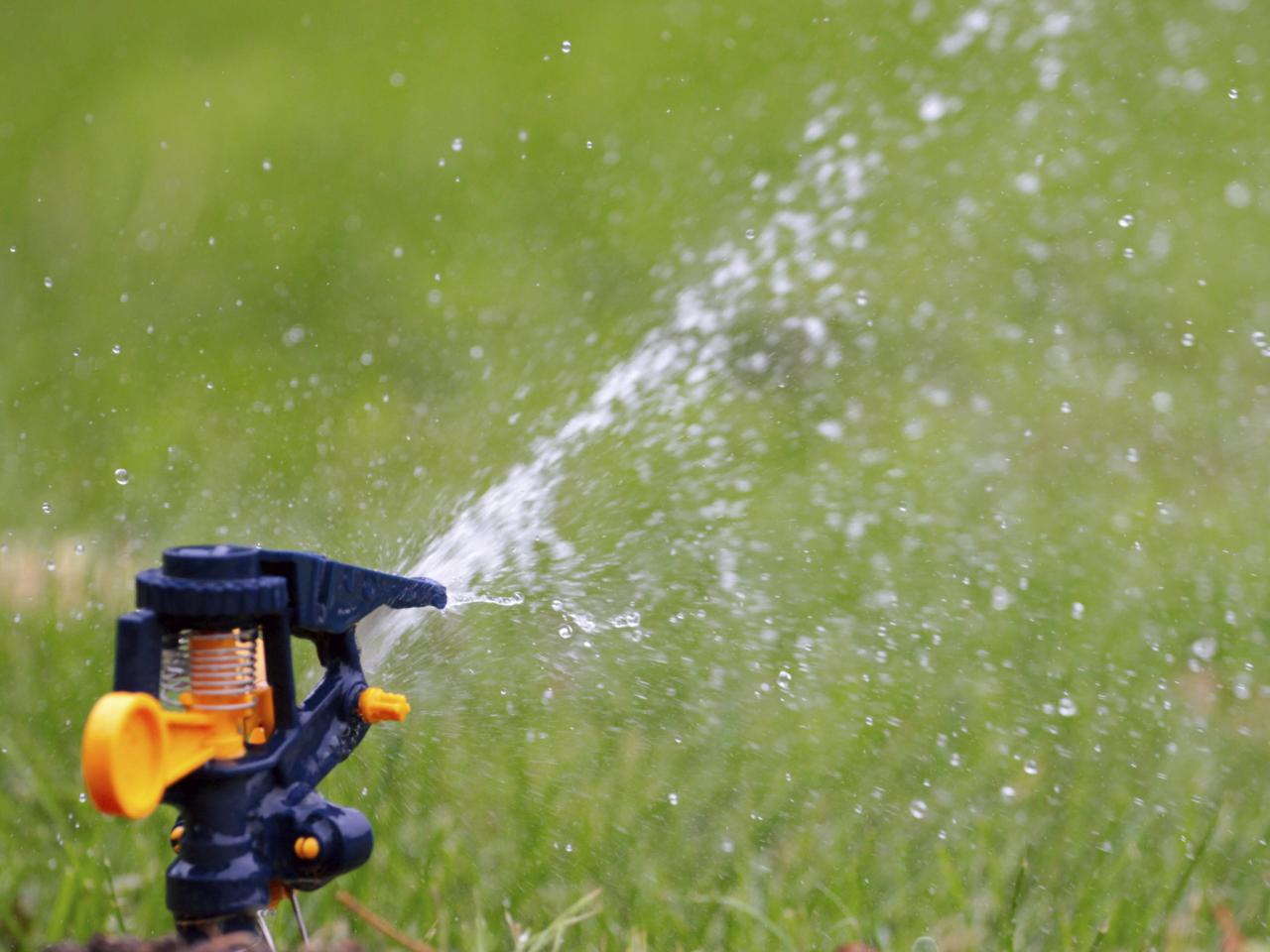
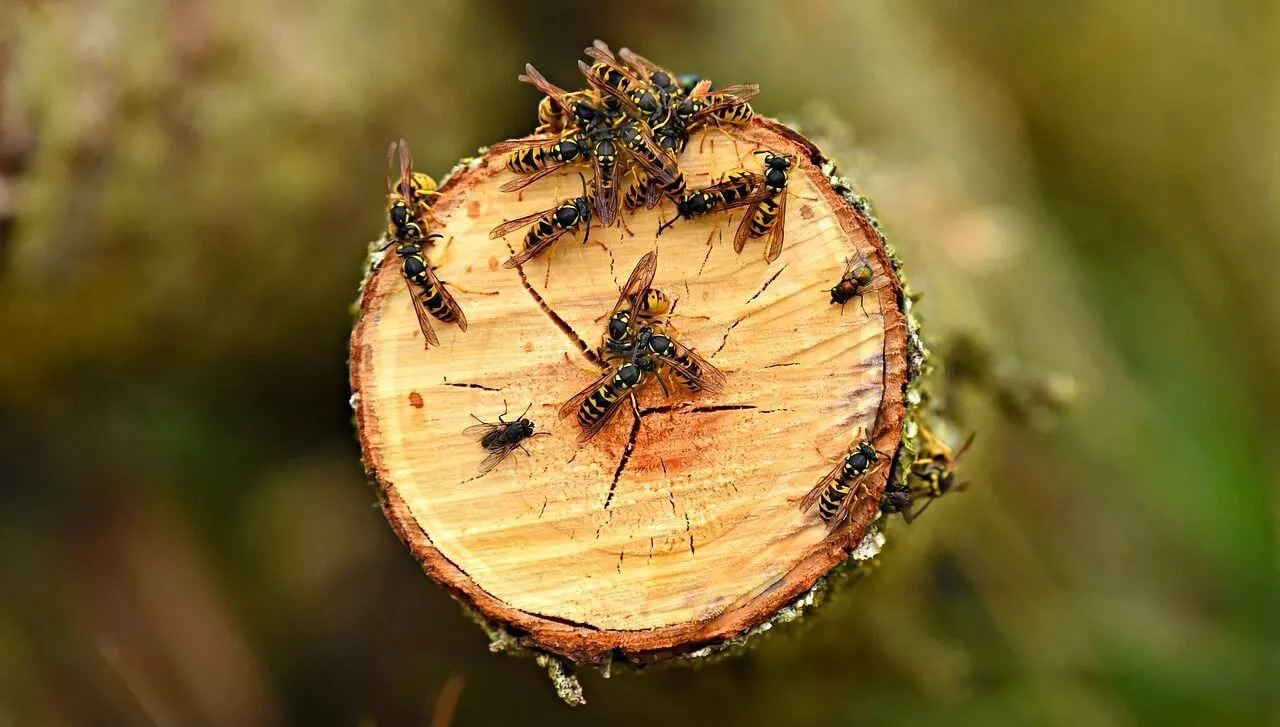
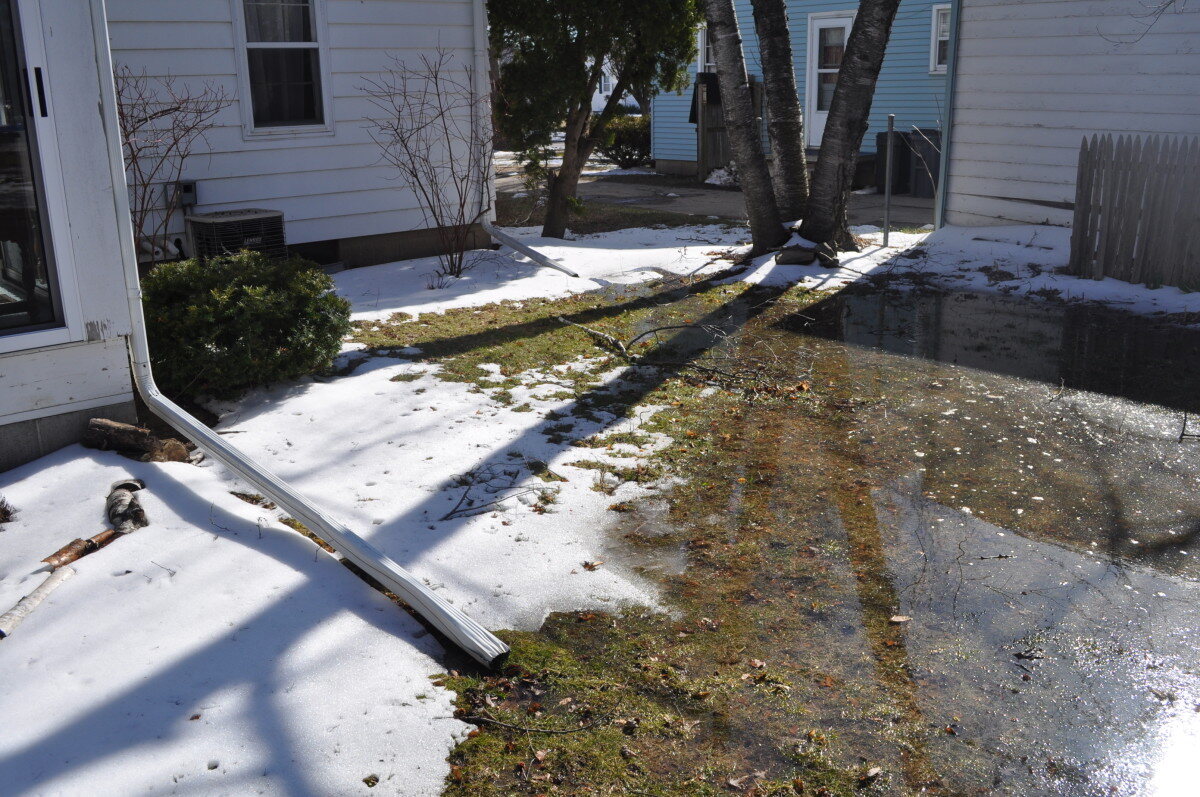
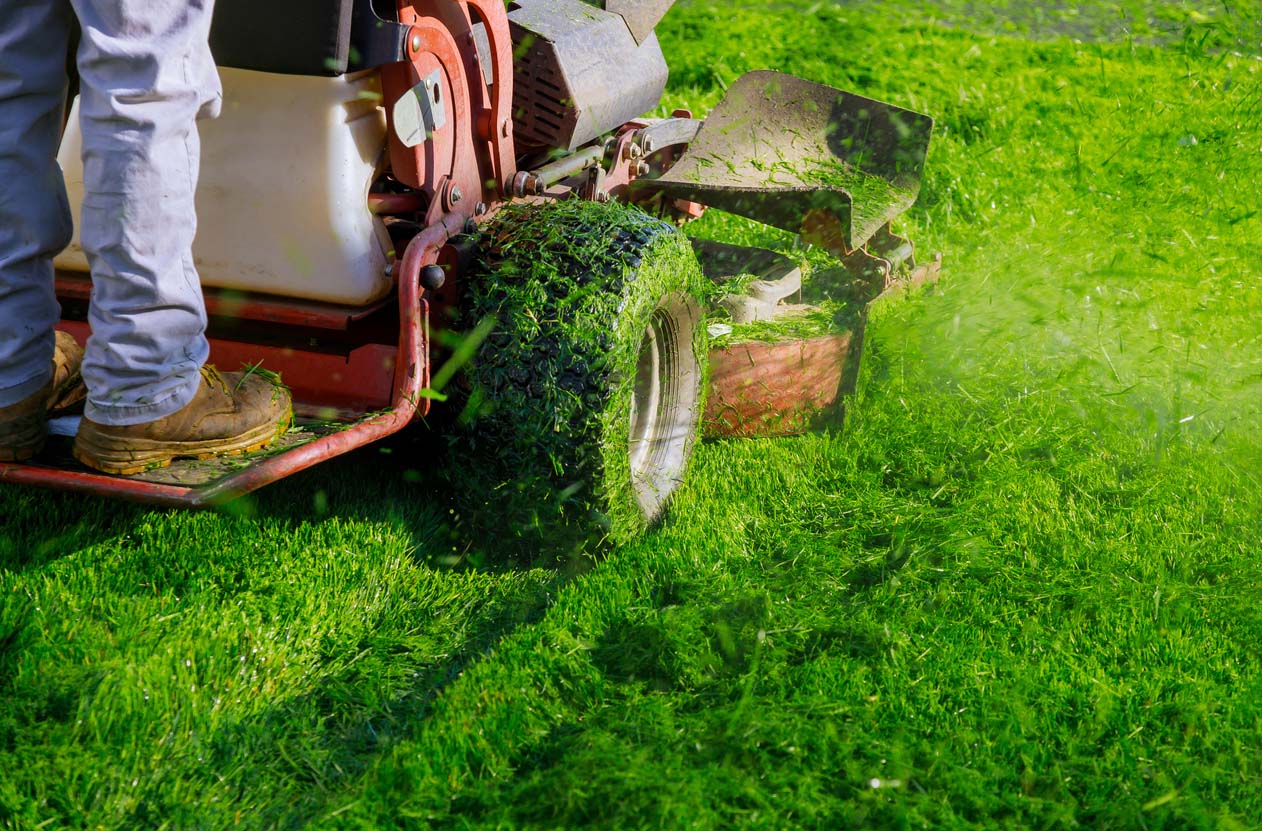

0 thoughts on “What Time Of Year To Stop Watering Grass”